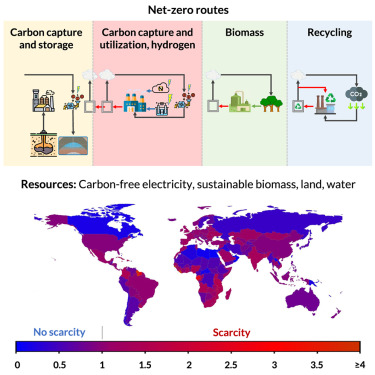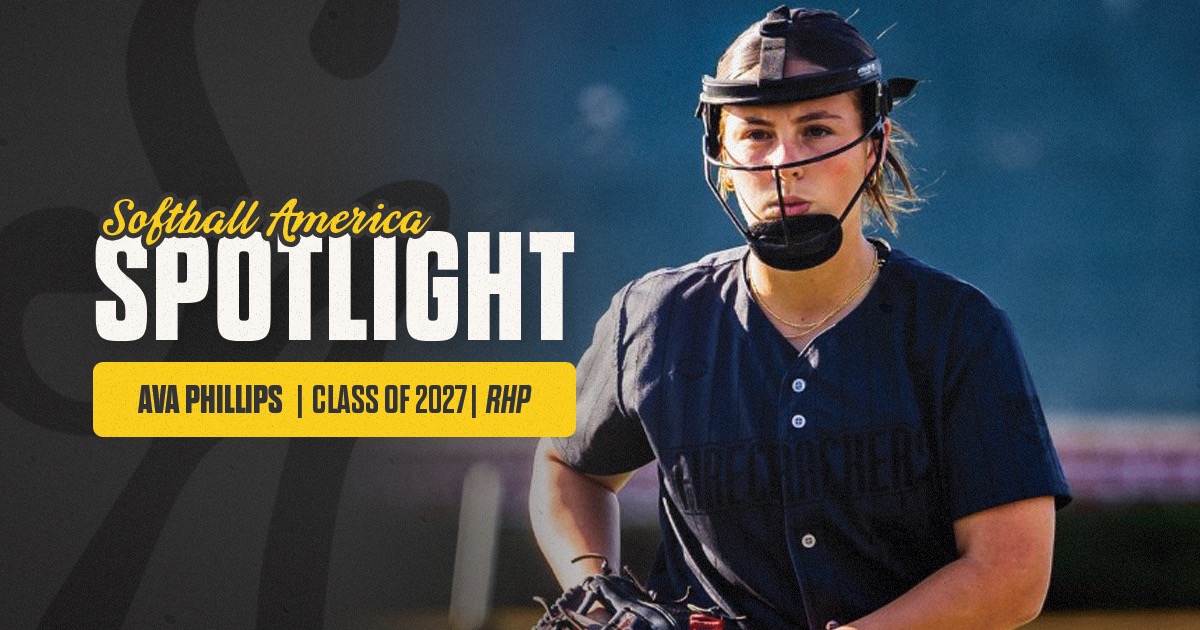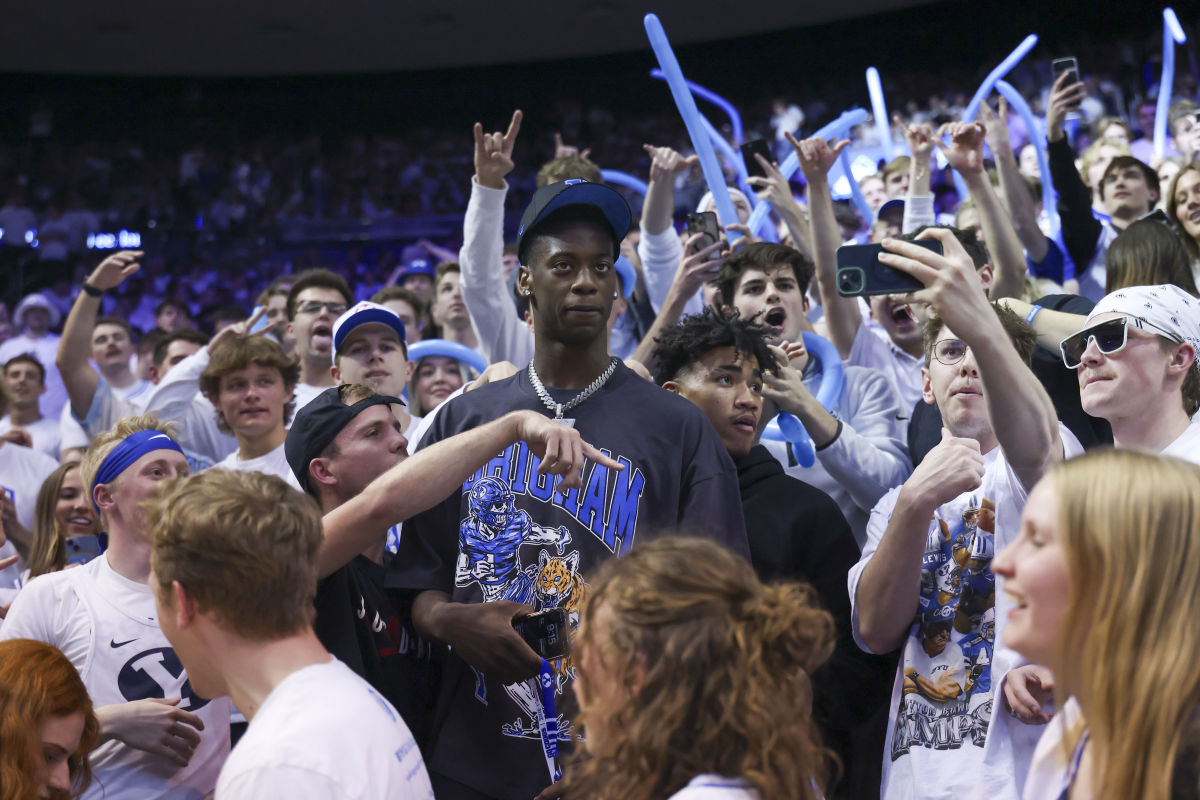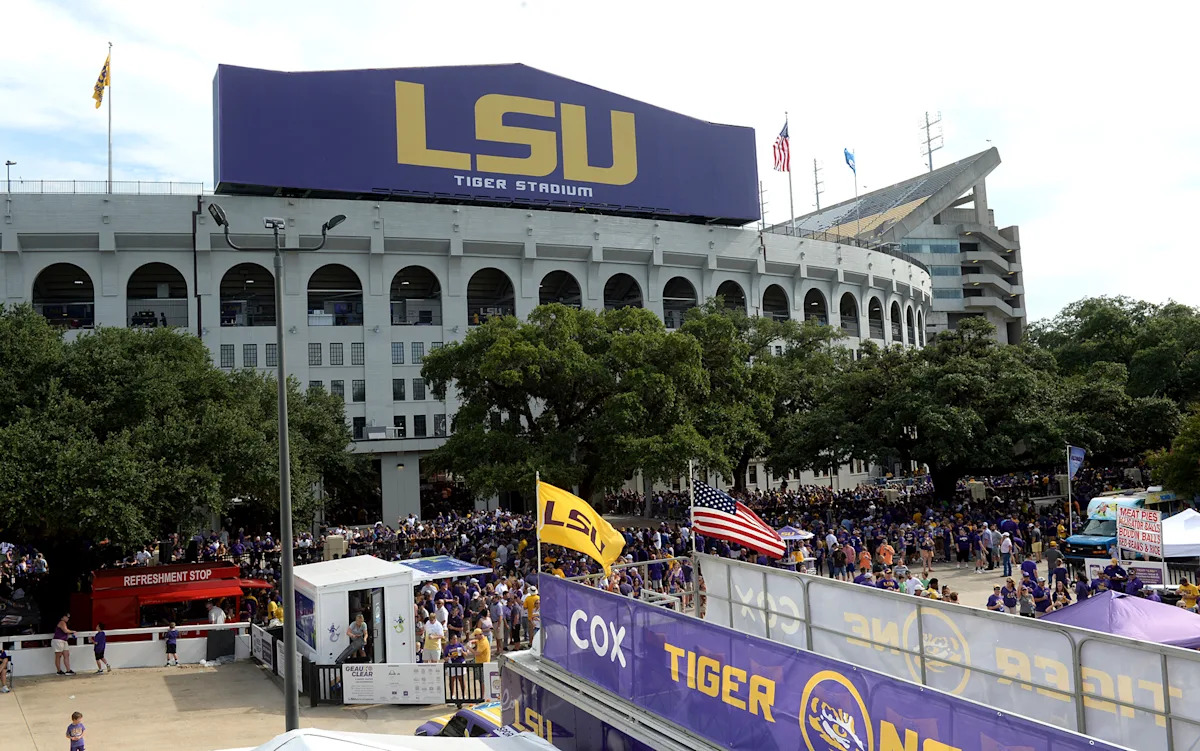
To understand the evolving attitudes of athletics donors at the Group of 5 level, I conducted my final interview with a top NIL donor in April 2025. He was thinking about the major shifts in athlete talent redistribution driven by changes in NIL and the transfer portal.
“From my perspective it is a no-win situation. It starts when I give money to NIL. The coach uses it to pay better players. The coach then leaves for a pay raise and takes all the players with him, and you have nothing to show for it. I would rather just give money to the university.”
He closed with: “Do not BS me with this ‘student-athlete thing’ anymore.”
This donor is not the only NIL supporter to have this point of view. Things have certainly changed in the NIL era, and I empathize with the challenges facing my fundraising friends, particularly at the Group of 5-level.
As more revenue is needed to fuel a championship-level athletic department in the revenue share era, it is important to reexamine one of the biggest sources of revenue: major gift-level donors. Motivations have changed.
The Importance of Major Gift Donors in the NIL Era
Since the start of the NIL-era in 2021, collectives have diversified revenue sources to a mixed degree. Fundraising events, concerts, raffles, on-line auctions, partnerships with businesses, and memberships are much more common now than three years ago.
While these sources provide what is essentially complementary funding, the consensus is that major gifts still account for most of the NIL revenue for programs. Most estimations have major gifts at 70-80% of the overall revenue mix. The importance of major gifts can get lost in the ever-crowded NIL news, but make no mistake, major gifts are the most relevant revenue source.
A major NIL gift varies by program: $100,000+ for the Big Ten or SEC, and $25,000+ for the Group of 5. Regardless of level, big gifts matter. The top five to ten gifts each year are crucial for fundraising and competitive success.
Noted NIL investors, such as Cody Campbell of Texas Tech and Mike Repole of St. John’s, have received well-deserved publicity for their support. But I strongly suspect that the NIL funding success of hundreds of programs in NCAA Division I, including the Group of 5 level, are due to many under-the-radar major gift donors.
Clearly, most programs are not blessed with the level of NIL support that Campbell or Repole have provided their alma maters; however, most programs have their own top donors. The numbers are different, but it is relative.
The Attitudes of Top Group of 5 NIL Supporters
Major college athletics has changed so rapidly that even highly engaged donors do not fully understand the long-term transformation expected with the House settlement.
To get a better understanding of donor motivation, a flash survey was sent to 15 of the top NIL investors from a total of 11 Group of 5-level universities. Each of the 15 individuals polled are among the top five NIL donors at their related institution. Further, each of the Group of 5 conferences was represented in the feedback.
Each of the 15 major NIL investors were posed one question: “What is your biggest motivator to invest in NIL at the highest level?”
The donors had six options to answer the question:
- I want to help athletes.
- I want to help the coach(es).
- I want to help the athletic department and AD.
- I want to help the university.
- I want to win.
- All the above.
Not surprisingly, the most common answer from the major donors was F, “All the above.”
The second most common answer was E, “I want to win.” One donor, affiliated with a Mountain West program wrote, “Not to complicate it. I support NIL to win which in turn will help the university.”
More interesting feedback came from another donor, who is a top NIL donor to a different Mountain West program:
“Honestly, all except A (‘I want to help athletes’) for me. I agree with that statement, but it is for sure last on the list. Purely from a financial standpoint, all students – athlete or not – need to use college to figure their sh*t out. I do not believe anyone should have that financial burden or pressure to help that kid except for themselves and their family.
“NIL is a handout, probably more so at the top end. Easy money now, but (what) does it teach (about) work ethic? If an athlete wants to go out to book appearances and market for a brand, I am all for that, but I believe it should be independent of the school. I understand why we got here, and I hate it.”
For decades fundraisers emphasized, or often led with, “athlete impact” in their compelling narrative to donors. Supported by data from donors in the flash poll, coupled with other data collected during more than 20 consulting engagements by Penry Advisors in the last two years, it is imperative for fundraisers to reshape the traditional giving narrative for college athletics.
The momentous change in college athletics is clear to donors. It has shifted their focus more towards competitive success. Donors have realized that their investments catalyze the success of the most visible marketing arm of universities: athletics, which in turn paints the university in the most positive light. As the donor above candidly shares, their support of athletics has less to do with impacting athlete lives and more broadly the success of programs and universities. This represents a shift in fundraising strategy.
Combating Donor Fatigue
Not all donors have embraced the NIL era. One reason is the belief that NIL does not support athletes’ educational success, a shift from traditional fundraising strategies. However, donors are embracing the changing narrative.
A second reason donors have been slower to embrace investment in the NIL world is because some athletic departments were slow to embrace NIL. The slow-to-embrace approach by departments was often well-intentioned and done out of caution. However, as I often remind clients, “When NIL (or rev share) is not fully embraced internally, how can we expect donors to fully embrace it?”
The well-respected consulting firm Advancement Resources has stated that donor fatigue stems from fundraising organizations continuously asking for loyalty gifts and not for gifts that donors have great interest in making. So then, how can leaders and fundraisers reshape a giving narrative that is interesting and compelling for the present day? While college athletics is different, many of its redeeming qualities remain. A refined narrative is not a desirable, it is a requirement for fundraising success.
Donor fatigue is real and should not be minimized. However, I have found people that possess great wealth will give almost anything if you treat them right and have a compelling vision and plan. They want to be inspired and make an impact.
The Plan: Donor Strategy in the Revenue Share Era
Major gift donors will continue to lead in the revenue share era. Because of the fungible nature of operating budgets, ultimately more revenue via donor funds equals more money to invest in a winning program.
I once read that fundraising legend Si Seymour famously said, “Support flows to promising programs rather than needy” organizations. Investors want to know the plan to thrive.
A plan must articulate an optimistic and realistic path of competitive success moving forward. It also needs to outline the role donors will play in achieving success. A compelling narrative will both reset expectations and create more interest for donors.
Donors know the college athletics landscape has changed, but often they are unaware of the path forward. Supporters, particularly for the Group of 5-level schools, want to know how leaders envision their school as being relevant and thriving in a massively changing landscape that seems to favor those with the most resources.
Emphasis on Excellence Funds
Recently, the creation or reemphasis on unrestricted excellence funds has become a key trend. These funds, such as UNT’s Green Lights Fund, UConn’s Fight On Fund, and Temple’s Competitive Excellence Fund, aim for competitive success and athlete retention.
For many programs, these donor-supported funds will essentially replace the donor funding now funneled through collectives. An in-house effort has two substantial benefits: better coordination of fundraising efforts and seamless donor benefits (e.g., tax deductibility, priority points, stewardship).
Leadership Giving Societies
Strategically, to generate more interest and funding, revenue share giving – via excellence funds – has been paired with a new or existing annual fund leadership giving society. These giving societies frequently provide unique benefits and experiences to incentivize top-level annual giving. Now over half Group of 5 level athletic departments have leadership annual giving societies, and this trend continues to proliferate.
New Scholarships
For traditional donors to college athletics, there is good news. With the expected House settlement, coaches can now scholarship entire rosters. For example, baseball can now give 34 scholarships instead of the current limit of 11.7. Further, programs can count $2.5 million a year in newly funded scholarships towards the revenue share cap of approximately $20.5 million. Scholarships are a fantastic menu item to get donors more connected to the department and are often a pathway to attract new major gift donors.
Donor motivations vary; but most donors want to know they are making a difference to produce more competitive sport programs. Unrestricted excellence or enhancement funds, annual fund leadership giving societies, and expanded scholarship programs are three areas that will have impact on competitive success in this new era.
Takeaways
- Big gifts are the largest revenue source for most NIL collectives and will significantly impact the revenue share era. Top-level donors provide a competitive advantage.
- To combat donor fatigue, leaders must reshape the giving narrative with new expectations and optimism, emphasizing competitive success.
- To invest at the highest level, donors to know how leaders envision their school will be relevant and thrive in the significantly changed landscape.
Jason Penry has 20 years of experience in consulting for universities. Penry was the second-ever holder of the James W. Aston ’33 University Chair in Institutional Development, established in 1985, at Texas A&M University. Penry spent over a decade in university leadership as a chief advancement officer/vice president/vice chancellor at Arkansas State and Angelo State/Texas Tech System.
3






























































